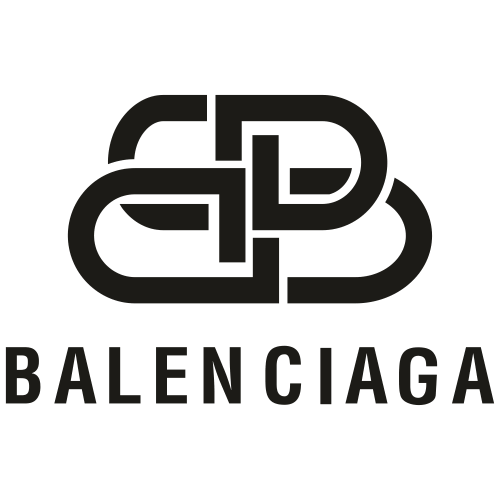Certainly! Dr. Martens and Timberland are two prominent brands known for their durable footwear, but they cater to slightly different markets and have distinct characteristics. They offer different styles and target different audiences.
Brand Overview
- History: Originating in the UK in the 1940s, Dr. Martens is known for its iconic boots with a distinctive air-cushioned sole.
- Style: Often associated with alternative fashion, punk culture, and rebellious youth trends. The brand has a strong association with music and counter-culture movements.
- Iconic Design: Characterized by the yellow stitching, a unique sole, and various styles including the classic 1460 boot.

- History: Founded in the USA in 1973, Timberland is well known for its rugged outdoor footwear.
- Style: Emphasis on outdoor activities, workwear, and functional fashion. Timberland boots often symbolize adventure and durability.
- Iconic Design: The classic yellow boot is instantly recognizable, known for its waterproofing and rugged construction.
Uniqueness
Dr. Martens:
- Unique for its cultural significance and association with alternative lifestyles.
- The air-cushioned sole provides comfort, which has become a hallmark of the brand.
- Offers a wide range of styles that often reflect artistic and edgy designs.
Timberland:
Known primarily for durability and outdoor functionality.
Strong commitment to sustainability, using recycled materials in their production.
Features like waterproofing and slip resistance cater to outdoor enthusiasts and professionals.

Pros & Cons
Dr. Martens:
Pros:
- Comfort: The air-cushioned sole provides significant comfort for all-day wear.
- Versatile Style: Their designs can be styled in various ways, from casual to punk-rock looks.
- Cultural Impact: The brand has a strong cultural identity that resonates with diverse subcultures.
Cons:
- Break-in Period: Many wearers report a lengthy break-in period before the boots become comfortable.
- Weight: They can be heavier than other footwear options.
- Price: Premium pricing can be a barrier for some consumers.
Timberland:
Pros:
- Durability: Known for long-lasting materials and construction, making them ideal for tough conditions.
- Waterproof: Many models are equipped with waterproof technology, suitable for various weather conditions.
- Sustainability: Timberland’s focus on eco-friendly practices appeals to environmentally conscious consumers.
Cons:
- Less Fashion Variety: While stylish, they may not offer the same level of variety in design as Dr. Martens.
- Weight: Similar to Dr. Martens, these boots can also be on the heavier side.
- Trend Limitations: Generally associated with work and outdoor wear, which may not appeal to all fashion sensibilities.
Conclusion
Both Dr Martens and Timberland are well-known boot brands that have been around for decades. Dr Martens are known for their iconic lace-up boots with a distinctive yellow welt stitch, AirWair cushioned sole, and durable leather construction. They are often seen as a fashion statement and have a strong association with punk and alternative subcultures. Dr Martens boots are known for being comfortable and durable, lasting for years with proper care.Timberland boots, on the other hand, are known for their sturdy construction, waterproof features, and rugged outdoor aesthetics. Originally designed for outdoor enthusiasts and construction workers, Timberland boots have become popular among urban and streetwear fashion scenes. Timberland boots are also known for their comfort and ability to withstand tough outdoor conditions.Ultimately, the choice between Dr Martens and Timberland comes down to personal preference and intended use. Dr Martens may be preferred for their unique style and versatility in casual and formal settings, while Timberland boots may be better suited for outdoor activities and harsh weather conditions.
Both Dr. Martens and Timberland have carved out significant niches in the footwear market, appealing to different audiences. Dr. Martens leans more toward fashion and subculture, while Timberland emphasizes durability and outdoor practicality. Choosing between the two largely depends on personal style preferences, intended use, and cultural alignment.
Happy reading






























